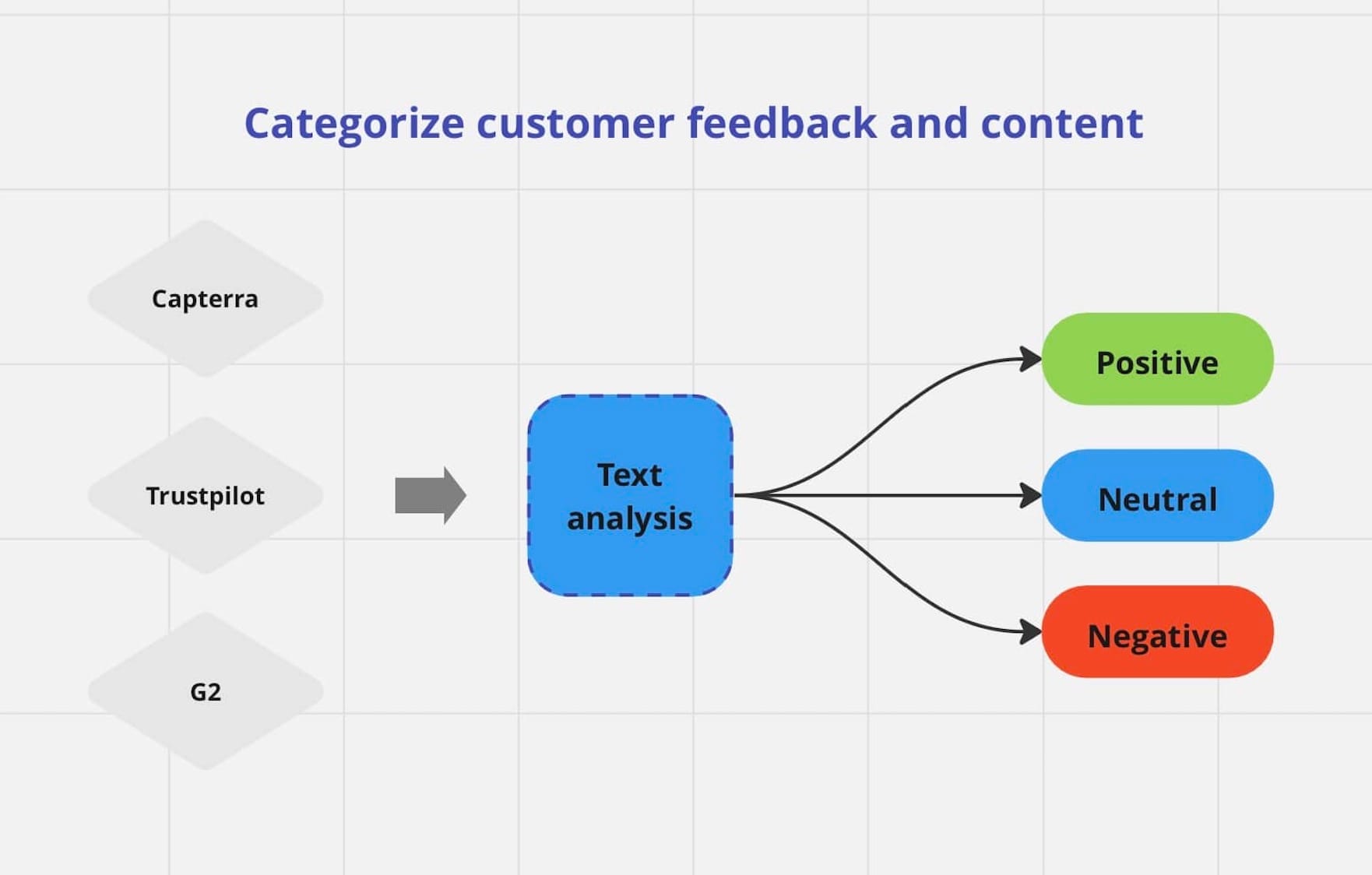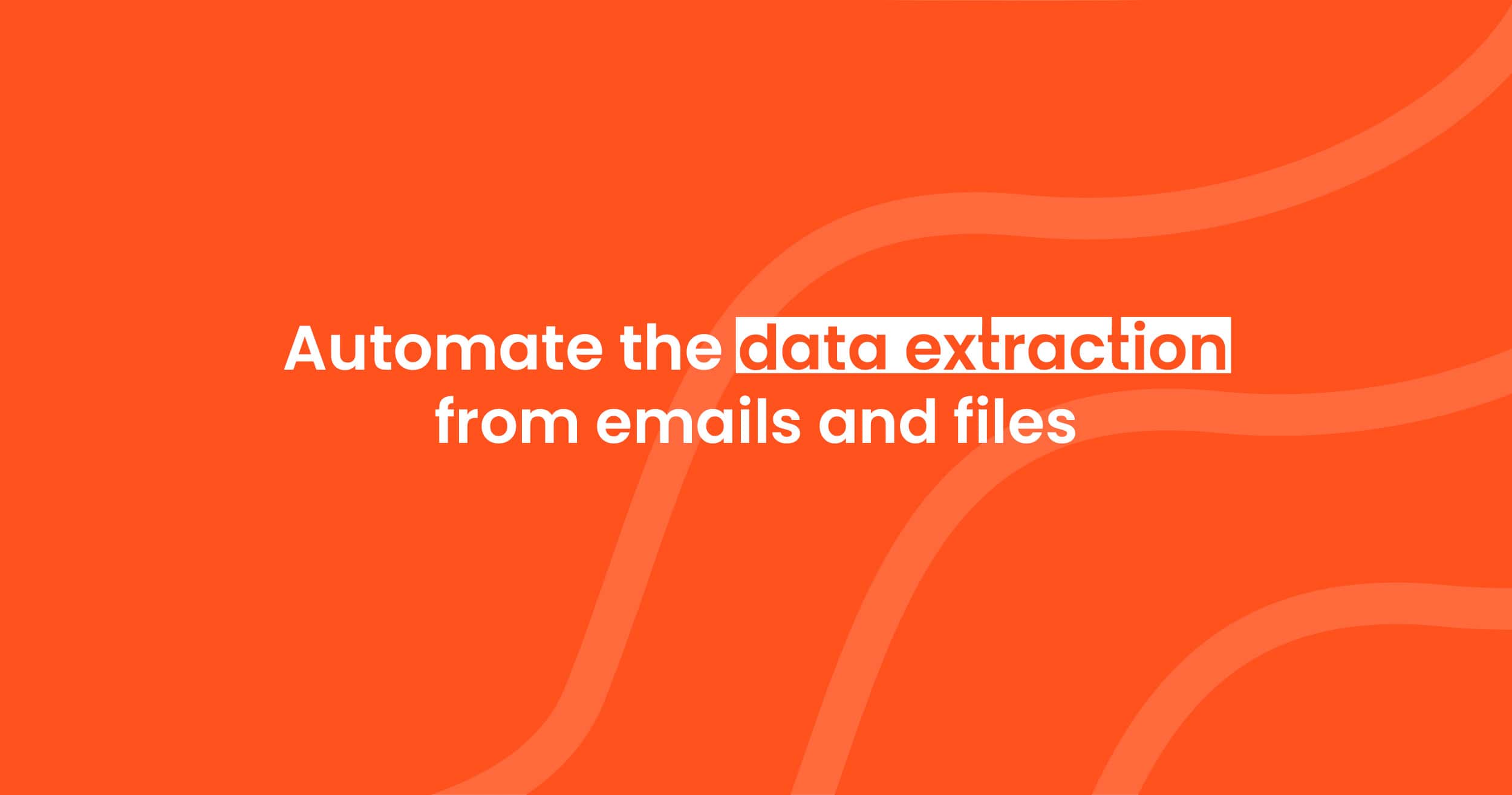What is Data Annotation in AI?
Data annotation is essential for AI, enabling models to recognize patterns and improve accuracy. Learn about different types, challenges, and future trends.

Introduction
Artificial Intelligence (AI) models rely on large volumes of high-quality data to learn and make accurate predictions. However, raw data alone is not enough; it must be structured and labeled to train AI effectively. This process, known as data annotation, plays a crucial role in the development of machine learning (ML) and AI systems.
What is Data Annotation?
Data annotation is the process of labeling, tagging, or categorizing data so that AI models can understand it. Annotated data serves as ground truth, helping AI recognize patterns, make decisions, and improve accuracy over time. This process is particularly essential for supervised learning, where models require labeled data for training.
Types of Data Annotation
Data annotation varies depending on the type of AI model being trained and the data format used. Here are some common types:
1. Text Annotation
- Used in Natural Language Processing (NLP) and AI models that process textual information.
- Examples:
- Entity recognition: Labeling names, dates, locations, etc.
- Sentiment analysis: Classifying text as positive, negative, or neutral.
- Intent detection: Identifying user intentions in chatbots or virtual assistants.
2. Image Annotation
- Critical for computer vision applications such as object detection, facial recognition, and autonomous vehicles.
- Common methods include:
- Bounding boxes: Drawing boxes around objects in an image.
- Segmentation: Defining object boundaries at a pixel level.
- Keypoint annotation: Identifying specific features like facial landmarks.
3. Video Annotation
- Extends image annotation to video frames, allowing AI to detect movement and object interactions over time.
- Examples include:
- Tracking pedestrians in autonomous driving.
- Gesture recognition for interactive applications.
4. Audio Annotation
- Essential for speech recognition, voice assistants, and sound classification.
- Tasks include:
- Speech-to-text transcription.
- Speaker identification.
- Emotion detection in voice recordings.
5. 3D Point Cloud Annotation
- Used in LiDAR-based applications (e.g., self-driving cars and robotics).
- AI models require labeled 3D data to recognize distances, shapes, and object structures.
The Importance of Data Annotation in AI
High-quality data annotation directly impacts AI model accuracy and performance. Poorly labeled data can lead to biased, unreliable, or incorrect predictions. Some key reasons why data annotation is crucial include:
- Training AI models effectively: Properly labeled data helps AI recognize complex patterns.
- Reducing bias: Well-annotated datasets ensure fair and inclusive AI systems.
- Enhancing automation: AI models trained on high-quality annotated data improve automation in industries like healthcare, finance, and logistics.
Challenges in Data Annotation
Despite its importance, data annotation comes with challenges:
- Time-consuming and expensive: Manual annotation requires skilled workers and significant effort.
- Subjectivity: Different annotators may label data differently, leading to inconsistencies.
- Scalability: Large-scale AI projects need vast amounts of annotated data, making automation necessary.
Data Annotation Tools and Techniques
To address these challenges, companies use specialized annotation tools and AI-assisted techniques:
- Manual annotation: Human experts label data, ensuring high accuracy.
- Semi-automated annotation: AI suggests labels that humans validate.
- Crowdsourcing: Platforms like Amazon Mechanical Turk distribute annotation tasks among a global workforce.
- Synthetic data: AI generates labeled datasets to reduce the need for manual annotation.
Using Parsio for Data Annotation
While Parsio is primarily an AI-powered document processing tool, it also provides capabilities that can be leveraged for light data annotation tasks. By using its advanced data extraction and AI-driven parsing features, Parsio can label and extract specific data points from structured and unstructured documents. This functionality can be useful for tasks like sentiment analysis, entity recognition, and content categorization.

Although Parsio is not a dedicated data annotation platform, it offers a lightweight solution for businesses looking to automate data processing while incorporating some annotation capabilities. For large-scale or highly specialized annotation projects, dedicated tools may be better suited. However, for businesses aiming to streamline document and email data extraction while applying some level of annotation, Parsio provides an efficient and automated approach.
Future of Data Annotation
As AI advances, data annotation is evolving with automation and AI-assisted labeling. Self-supervised learning and synthetic data generation may reduce the reliance on manual annotation, making AI development faster and more efficient.
Conclusion
Data annotation is the backbone of AI and machine learning, ensuring models are trained with high-quality, structured data. While it remains a challenging and resource-intensive task, advancements in automation are gradually transforming the field. As AI applications continue to grow, efficient and scalable data annotation will be more critical than ever.

